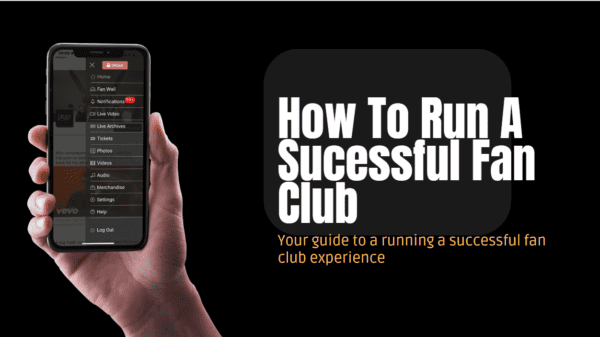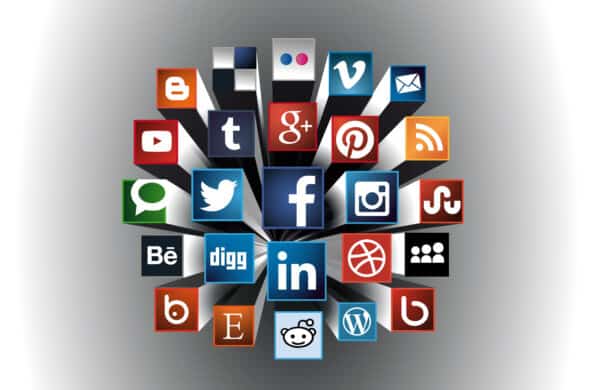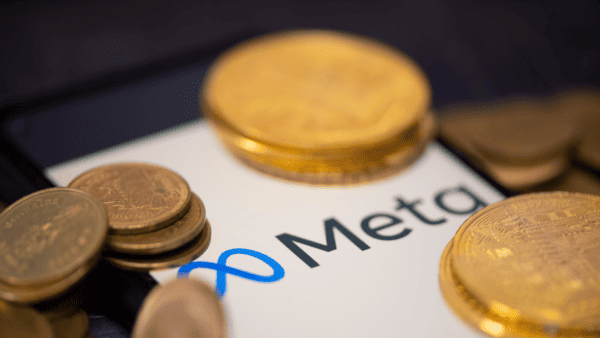Let’s not forget what Spotify and streaming music services are. They are the worlds biggest jukebox for music listeners. That’s great if you’re a music listener but not so good for an artist.
What streaming has changed is the way that music is being fundamentally consumed.
Let me explain; radio play is linear. It lets listeners hear music when the DJ wants you to hear it. If you don’t like the song, you wait for the next song. Streaming, is now acting more like a purchase than a radio station because of its on-demand nature – You play the song you want when you want. Here in lies the problem.
Radio was used as a promotional tool to sell records, but now the promotional tool has become “on-demand streaming” the promotion tool has become the end product.
Streaming isn’t working for most artists because the industry is using it to measure fan engagement but this has a problem. Plays are being measured by using floored logic. Data of radio listeners and not music fans. Yes, there is a big difference.
63% of recorded music revenue comes from just 17% of fans – The rest from music listeners. But now fans can now listen to whenever they want on their digital jukebox.
These same fans are willing to support their artist, but most don’t realise that listening via stream networks is not doing that.
Streaming networks are in trouble.
They will always work for some of course, but for most, it appears they give no sign of being a viable way to distribute music.
It’s estimated that 1% of the money Spotify pays out to artists go to 90% of the songs on Spotify. That’s not great at all news at all. The top 10% of songs are raking it in.
There needs to be a separation between music listeners and music fans for the music industry to work well again for all. Fans want to support artists, but streaming services have moved the line so much that they no longer act to promote the music that could be sold – They are the sale.
We see this very clearly with our artist to fan social apps which allow real fans to support their artist with monthly subscriptions. It works. It converts. It proves fans want to support their artists directly.
You may wonder why people would pay if they can listen on Spotify or rip it from YouTube. Well, they do because these are music fans – not just listeners – The 17% that generate 63% of revenue.
I am the CEO of https://www.FanCircles.com, and we are making a difference to artists one by one. The way it should be done.
Author: Kevin Brown
Kevin, the CEO of FanCircles, is a serial entrepreneur with extensive experience in both the tech and music industries. He has managed arena-level artists and founded Affiliate Window (Awin.com), which he successfully exited in 2012 after its acquisition by Axel Springer. Recognizing the needs of artists and labels to connect directly with fans, he embarked on the journey of establishing FanCircles.



